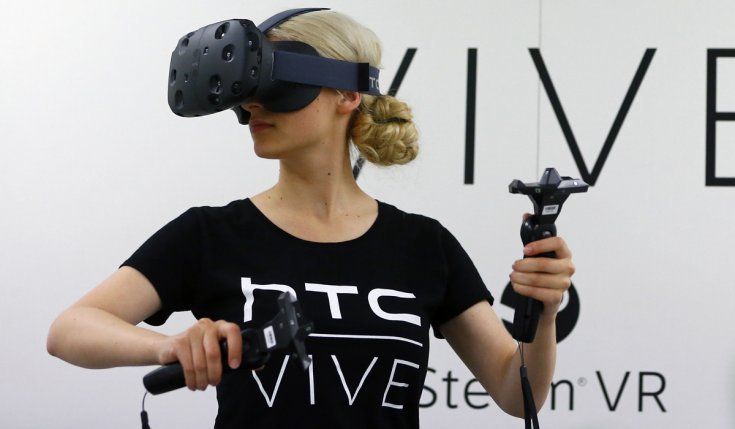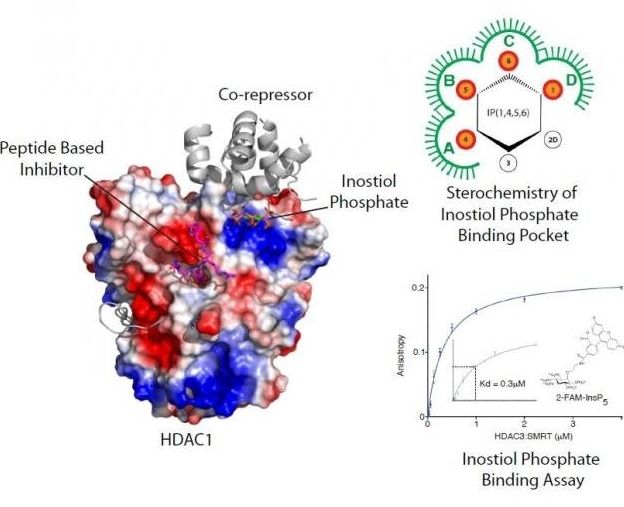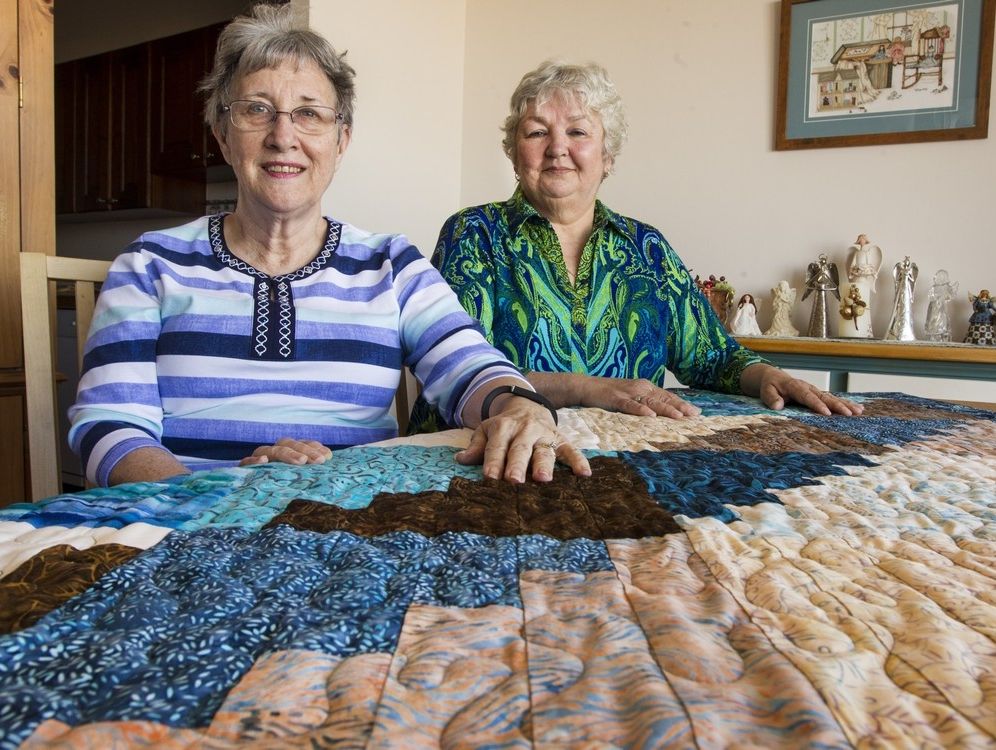
Very eye opening: North America has the largest market for silent cancer therapeutic, followed by Europe.
![Logo426]()
Silent cancer refers to those types of cancer which are undiagnosed in early stages. This is due to asymptomatic nature of the disease which makes it difficult to identify the disease till it progresses to advanced stages. Major silent types of cancer include brain, cervix, esophagus, mouth and larynx, ovarian, pancreatic, kidney, and liver cancer. Some silent types of cancer such as ovarian cancer, esophageal cancer, and pancreatic cancer show symptoms in their early stages. Ovarian cancer occurs in epithelium or lining cells of the ovary. Major signs and symptoms of ovarian cancer include pain or cramps in the belly, nausea, abnormal vaginal bleeding, and bloating. Pancreatic cancer is one of the fastest growing types of cancer worldwide. Esophagus cancer is more common among the older population, compared to adults. This cancer is mainly treated by chemotherapy, surgery, and radiosurgery. Moreover, physicians also use combination therapy for the treatment of silent cancer. For instance, the combination of radiation therapy and chemotherapy is very effective in the treatment of silent cancer.
The global silent cancer therapeutic market is categorized based on type, and mode of treatment. Based on type, the report covers tumors, brain, mouth and larynx, esophagus, liver, renal, pancreatic, cervix, and ovarian cancer. Based on mode of treatment, the report covers chemotherapy, targeted therapy, pharmaceutical drugs, surgery, and radiotherapy.
North America has the largest market for silent cancer therapeutic, followed by Europe. This is due to technological advancements in cancer treatment devices, increasing prevalence of cancer, rise in aging population and improved healthcare infrastructure in the region. The silent cancer therapeutic market in Asia is expected to experience high growth rate over the next few years. This is due to evolving R&D activities in the field of cancer, increasing government support for research, rise in number of cancer patients, growing awareness about various types of silent cancer, increasing elderly population and developing healthcare infrastructure in the region. Moreover, growing demographics and economies in developing countries such as India and China are expected to drive the silent cancer therapeutics market in Asia.









